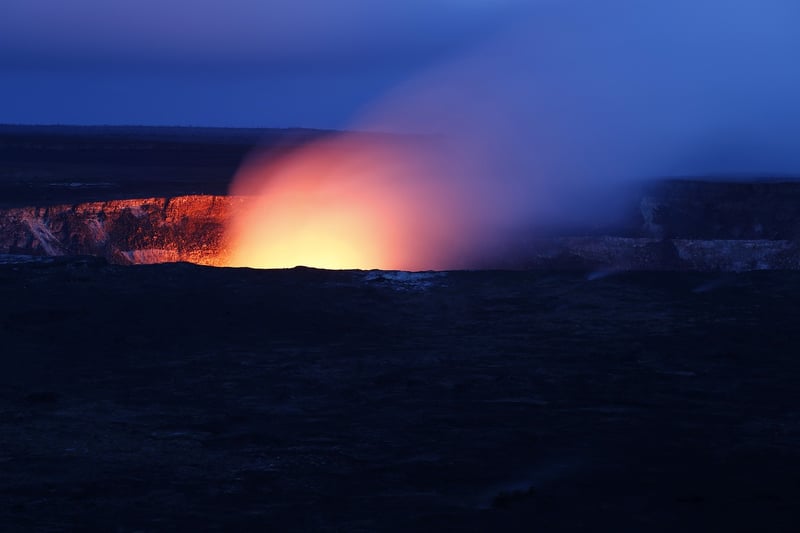Time dilation phenomena
Unraveling the Unknown: Exploring Time Dilation Phenomena
Time dilation is a fascinating concept in physics that explores the distortion of time when an object is in motion relative to another object. This phenomenon, famously predicted by Albert Einstein's theory of relativity, leads to intriguing effects that can challenge our conventional understanding of time.
Understanding Time Dilation
At its core, time dilation suggests that time is not constant but rather relative to the observer's frame of reference. When an object travels at speeds approaching the speed of light or experiences significant gravitational forces, time for that object appears to pass slower relative to a stationary observer.
Implications of Time Dilation
The implications of time dilation are profound and have been verified through various experiments, including the famous Hafele-Keating experiment. These implications include:
- Relativistic Travel: Traveling at high speeds can lead to astronauts experiencing time differently compared to people on Earth.
- GPS Systems: The accuracy of GPS systems needs to account for both special and general relativity effects due to time dilation.
- Black Holes: Intense gravitational fields near black holes can cause extreme time dilation effects, where time nearly comes to a standstill.
Visualizing Time Dilation
To better grasp the concept of time dilation, imagine a scenario where twins are separated, with one staying on Earth while the other embarks on a journey through space at near-light speeds. Upon returning, the traveling twin would have aged significantly less than the twin who remained on Earth, showcasing the tangible effects of time dilation.

Conclusion
Time dilation challenges our traditional understanding of time and space, offering a glimpse into the intricate nature of the universe. By unraveling the mysteries of time dilation, we can delve deeper into the fabric of reality and explore the boundless possibilities that lie within.
